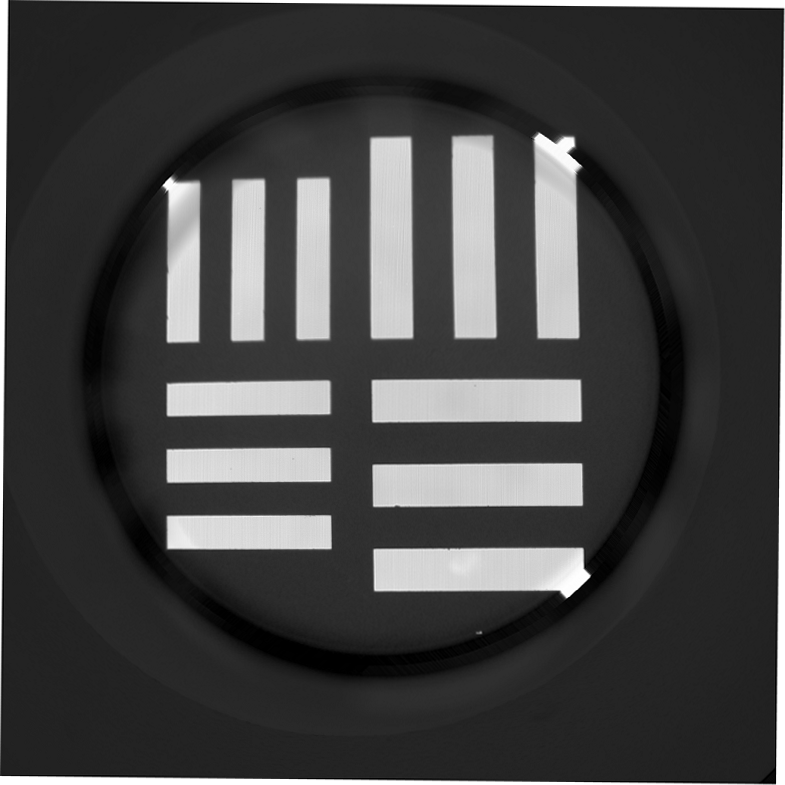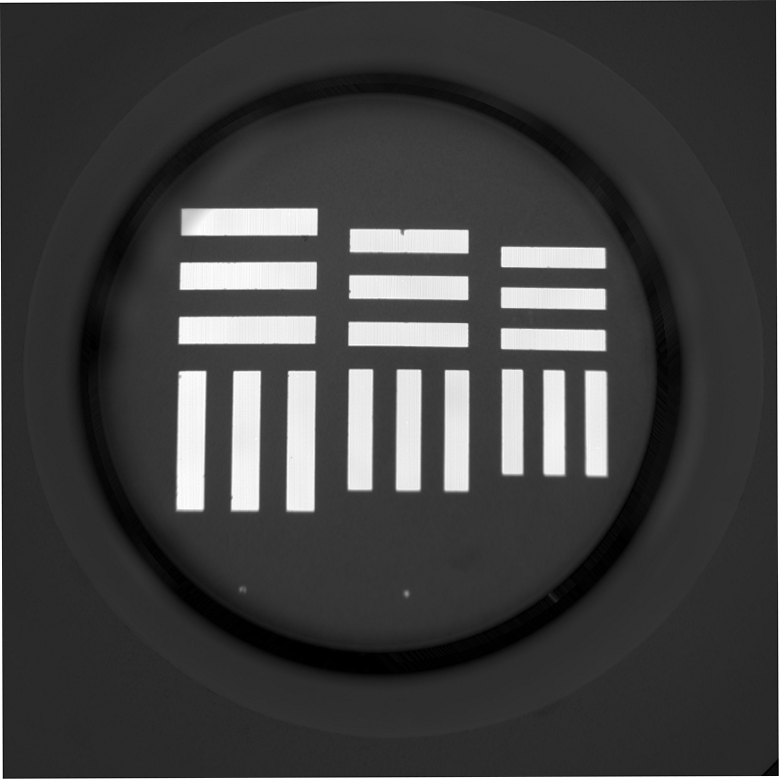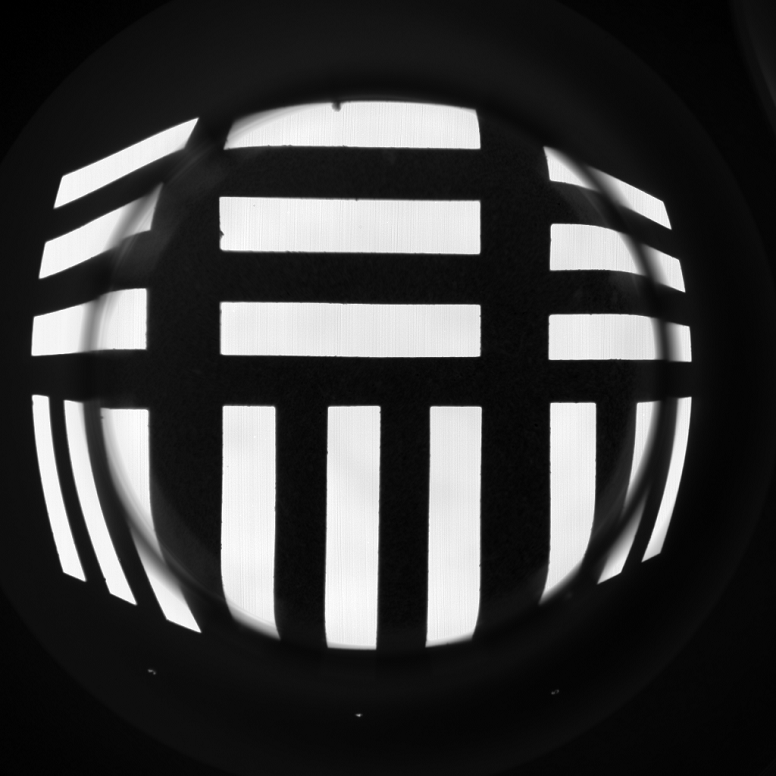MIST Multi Aperture Simulator
The Multi-Aperture Infrared Simulator Technology (MIST) is a wide angle MWIR target simulator/collimator designed to accommodate theunique characteristics of multi-aperture optical systems. The prototype satisfies the optical requirements of both the GBU-X and JASSM-Like seeker systems. The MIST uses a resistor array to generate target scenes with a ZnSe window positioned in front of it. It collimates the beams generated by the resistor array and tilts them at angles that allow the beams to pass through the entire GBU-X (or JASSM-Like) optical system, enter the cold shield of the camera, and then form the proper image on the FPA. The MIST is designed with a distortion-free, F tan θ mapping function. This enables the JASSM-Like image to be distortion free because it has the same mapping function. The foveal region of the GBU-X image is also distortion-free, but the peripheral part of the image is curved to follow an Fθ mapping function profile. The following is a list of the MIST optical characteristics:
· FOV: 65.6 deg with FtanΘ mapping function
· Focal Length: 28.54 mm
· Spectral Band: 2.4 – 5 µm
· Resistor Array: 512 x 512x (50.8 µm)2
The prototype
MIST is shown on the left, positioned in front of a black body source. The other
two photos show the MIST linked with black delrin spacers to the JASSM-Like
lens and to the GBUX lens. The spacers position the lenses precisely while
minimizing the chance of either system scratching the first lens of the other.
For image
quality tests, metal targets were mounted onto the black body source, which was then positioned at the image plane of the MIST.
The JASSM-Like and FLIR camera were used to capture two sizes of bar
target patterns and a star pattern. The images look perfect, with no distortion.
No flat field, non-uniformity correction (NUC) was applied to the lens/sensor.
These images were
captured using the GBU-X lens when the MIST was displaying the same target
patterns. In this case the center FOV appears distortion free until it
reaches the transition zone between mapping functions, where the images begin to
curve and follow the Fθ function. A one point NUC was applied to the lens/sensor before
the images were captured. The 1 Pt. NUC reduces the brightness of the transition
ring.









